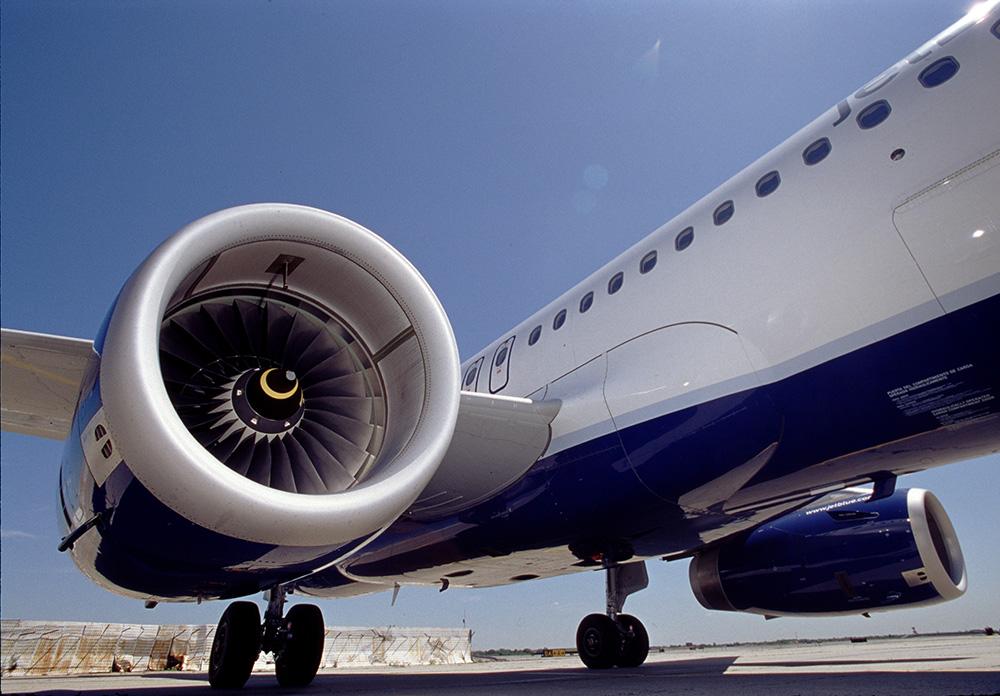
Sticking with an engines theme, this week’s Flight Friday looks at aircraft “ground days” (a 24-hour period where an aircraft did not complete a flight for any reason, be it maintenance, passenger-to-freighter conversion, standard operations, etc.) in the narrowbody sector, split by the CFM56, LEAP, PW1000G (GTF), and V2500 engines.
Since the announcement by Pratt & Whitney in July 2023 of the powder metal issues associated with the High-Pressure Turbine (HPT) 1 and 2 blades in the GTF engines, we have seen engines removed from aircraft to go through a “Tech Update” to rectify the durability issue. With a low number of available spare engines, this leads to aircraft remaining on the ground waiting for the engines to be updated and then returned to the aircraft.
Before the announcement, the average percentage of ground days for the GTF was 20%. This 20% figure places it in line with the legacy engines, the CFM56 and the V2500. Pratt estimated that “peak” ground days should occur at the end of the 2024 first quarter (Q1). Data suggests that GTF-powered narrowbody aircraft are collectively on the ground for almost 40% of the time. However, the end of Q1 might not be its peak, which may come during the second quarter.
The legacy CFM56 and V2500 are in their normal zones, with aircraft undergoing maintenance, leading to time on the ground. The data highlights the cyclical nature of the utilization, with northern hemisphere summer months leading to fewer ground days as operators keep the traveling public moving, and then in the winter season the percentage creeps up a little as maintenance is performed on the aircraft so that they are ready for the next summer season.
The LEAP engine is down in single-digit percentages for ground days. After China re-introduced Boeing 737 MAX operations in early 2023, the percentage of ground days has trended down. The Alaska Airlines 737-9 door blow out led to an increase in ground days during January 2024, as operators had to go and check their aircraft before a return to flight, but otherwise, the LEAP-powered aircraft have remained active.
This data was put together using Aviation Week’s Tracked Aircraft Utilization tool.





